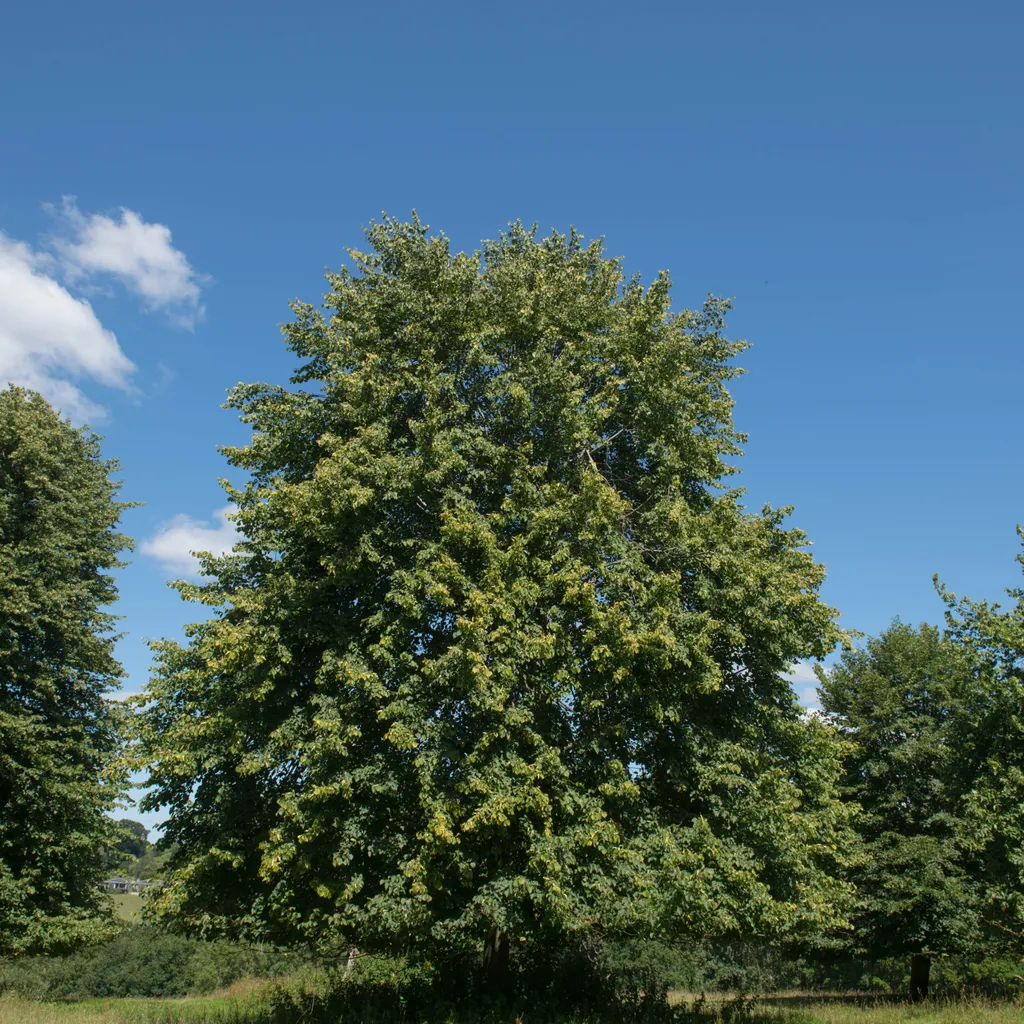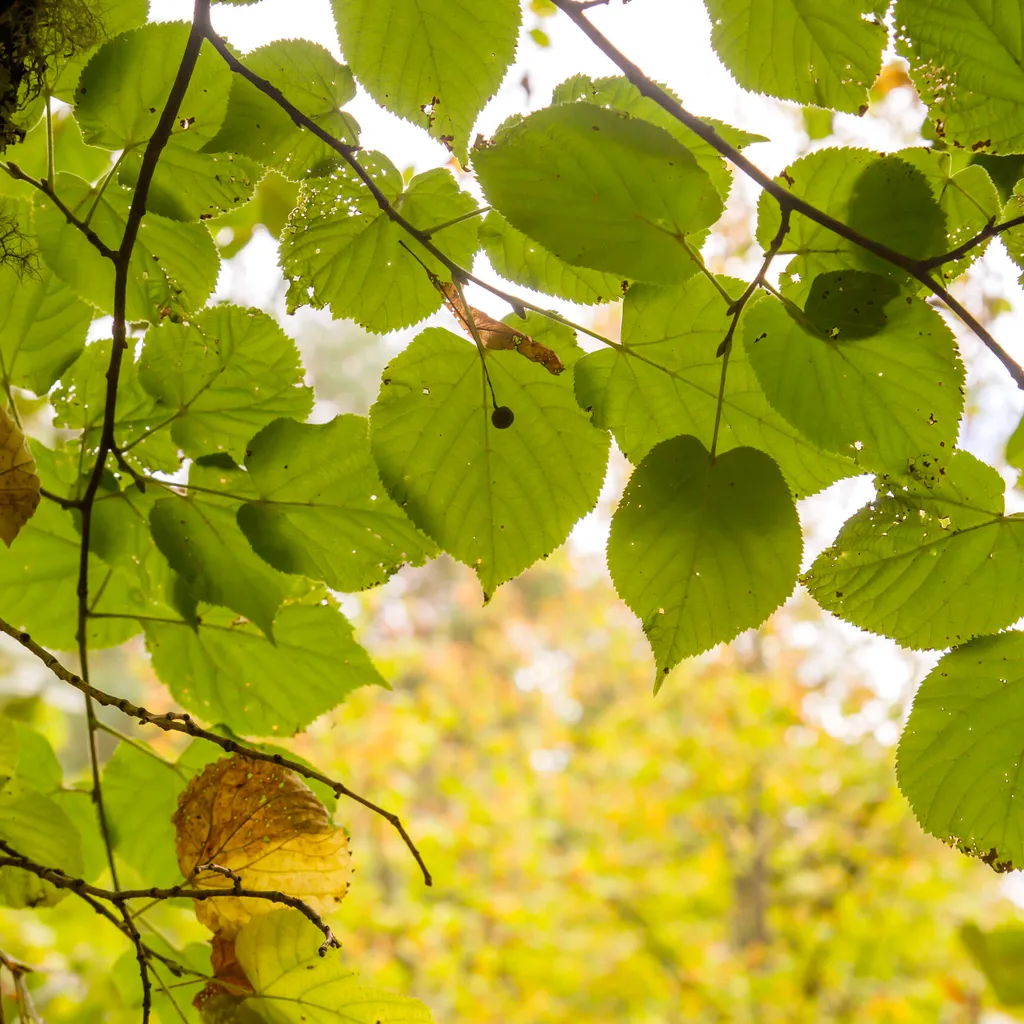Amid the rich potpourri of high summer, the scent of common lime (Tilia x europaea) wafts as unexpectedly as it is deliciously sweet.
The flowers are just part of what makes lime such a magnificent tree. Find out more with our 60-second guide.

What does common lime look like?
Petals and flowers
Unlike the pink and white blossoms of early spring or the creamy wallop of elderflower in June, the petals of lime are somewhat more unassuming. Though tinged with yellow, they hide themselves beneath the flat, heart-shaped leaves and all but vanish into green.
Bees find the flowers irresistible, and the buzz of insects is almost as intense as the fragrance. Lime-tree or Linden honey is highly regarded for its sweet and mildly astringent taste, with one single tree able to produce 40 pounds (18kg) given favourable conditions.
Common lime caterpillars
Feeding on the leaves are myriad moth caterpillars, among them the lime hawk, vapourer and peppered.
Common lime leaves
It is the common lime that we see in our parks and avenues, a hybrid of the scarcer but native small-leaved and large-leaved trees. The leaves are deep green and heart-shaped, usually measuring measuring 5–10cm in length.
Its shade, smell and solidity has long made the common lime popular as an ornamental plant.

Common lime in industry
A tree might live for five centuries, and they are often grown for commercial use. In North America and China, the timber of the Tilia genus is known as basswood, and is widely used in the manufacture of furniture and window dressings. The trunks grow straight and tall, providing a softwood that is easily formed, yet strong and straight-grained.
Symbolism of common lime
In Europe, the lime has long been associated with fertility, and was often planted in France after battles as a symbol of liberty.

